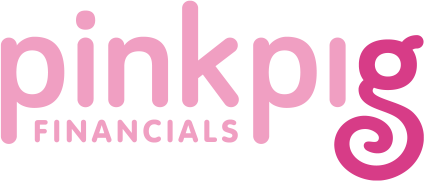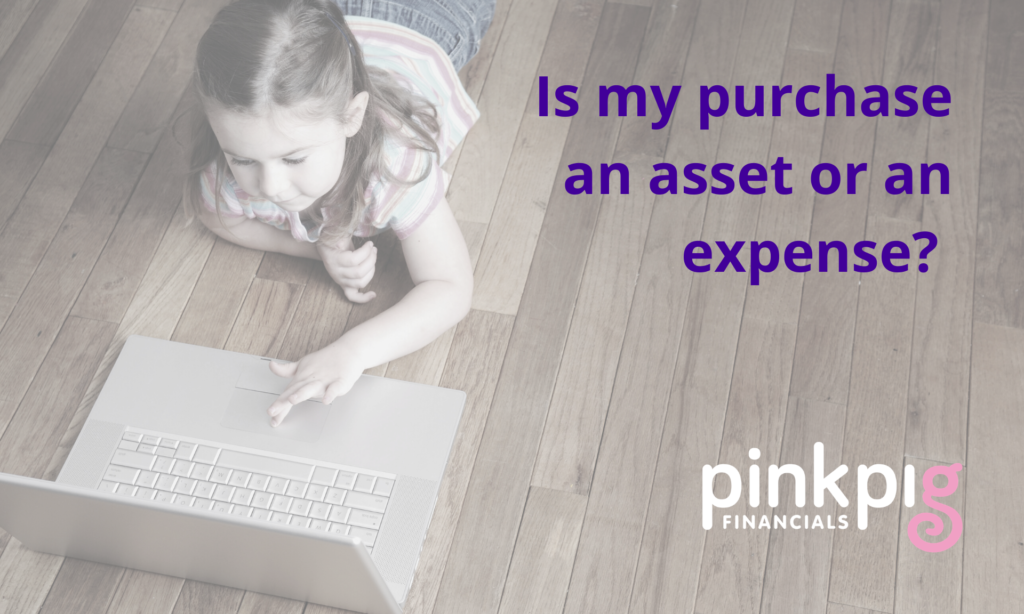When we come to do year end we often find purchases have been incorrectly classified as an asset, when they are actually an expense. Before we look at why this is important let’s first look at what an asset is.
Definition of a Fixed Asset: A fixed asset is a long-term tangible piece of property or equipment that a company or business owns and uses in its operations to generate income.
Key properties of a fixed asset
The key is that fixed assets are not expected to be consumed or converted into cash within a year. Fixed assets are also usually of a significant value. Fixed Assets will appear on the company balance sheet and are depreciated.
Current assets vs fixed assets
Assets are divided into current assets and non-current assets (fixed assets), the difference for which lies in their useful lives.
Current assets are typically ‘liquid’ assets that will be converted into cash in less than a year. Examples of a current asset is inventory/stock, accounts receivable (debtors) and cash.
Fixed assets refer to assets and property owned by a business that are not easily converted to cash. Examples of fixed assets are property, vehicles, machinery, computers, office furniture.
It’s worth pointing out here the term “fixed” refers to the fact that these assets will not be used up or sold within the accounting year. It does not mean that they cannot physically be moved. Some fixed assets may be moved from one location to another such as office furniture or computer equipment.
Fixed assets are depreciated whilst current assets are not. Fixed assets are depreciated to take into the account the loss in value of the asset as it is used in the business to generate income.
Fixed Asset or Expense?
Fixed Assets are usually of a significant value. But what is this? We usually use the rule of thumb that if the asset is over £100 then we can look at capitalising and putting it on the balance sheet. If it’s value is less than this then it is classed as an expense and is put in the Profit & Loss.
An example is a printer bought for use in the business. This would be a fixed asset as it is expected to be used over a number of years and will not be used up. The purchase cost will be capitalised and appear in the balance sheet where it will be depreciated.
However, the ink and paper bought for use with the printer is an expense as this is consumed and would be used up during the year. The purchase cost of these is an expense and will go into the profit and loss.
If however, you own a company that buys and sells printers, then the printers purchased for resale would be stock and will be a current asset and classed as inventory as they have been bought to be sold on.
How do I show this on Xero?
If we’re doing your bookkeeping then we’ll classify the purchase for you. However if you do your own bookkeeping then you’ll need to code them correctly on Xero. Assets use the 700 range of numbers, and expenses use the 400 range (cost of goods sold are in the 300s). So that’s your first step to finding the right code to use.
The one we find most people struggle with is computer equipment – when you type this in on Xero it will automatically give you the asset code of 720 – so only use this if the purchase is an asset. For all other purchases which are expenses you can use the code 463-IT consumables and software – or set up another code in the 400 range to suit.
Just to point out here these codes are based on using the standard Xero Chart of Accounts (CoA), so if you’ve converted from Sage or Quickbooks then you may have a different number sequence. If in doubt check your CoA or speak to your accountant!
If you’re using the Xero Chart of Accounts you can download a Xero Account Code Cheat Sheet we’ve put together confirming which codes to use for what.
Why is it important to classify correctly as an asset or expense?
Now you’re probably wondering why on earth all this matters – why does it matter if it’s on the profit and loss or on the balance sheet?
Well for a start they are treated differently for tax purposes. An expense is deducted from your sales to give you your profit figure, which corporation tax is then payable on. The full value of the asset is then deducted from your profit to reduce your tax payment due – this is known as Capital Allowances.
They will also have an impact on the dividends you’re able to take from the company – if the expense is included in your profit and loss your profit will be less, leaving you less money to take as dividends.
Similarly it would also have an effect on how much you can borrow for your mortgage too – if you incorrectly classify an asset as an expense this will mean you have less profit, and therefore the mortgage company won’t lend you as much for your dream home.
But also they will affect the value of your company – so if you’re looking to apply for funding or even sell your company down the line this could have an impact on the amount you can borrow and sell for!
And it goes without saying this is one of our checks in our process, so we would pick this up when doing your year end accounts, but you don’t want to be paying us extra to be sorting it all out – I know you’d rather your money be spent in other ways!
So as you can see, it is pretty important, and could get in the way of you reaching your goals. If you’d like to talk to us more about your accounts and how we can help you reach your goals pop over to our Work With Us page, complete the quick questionnaire then book your Discovery Call. We look forward to speaking with you soon.

